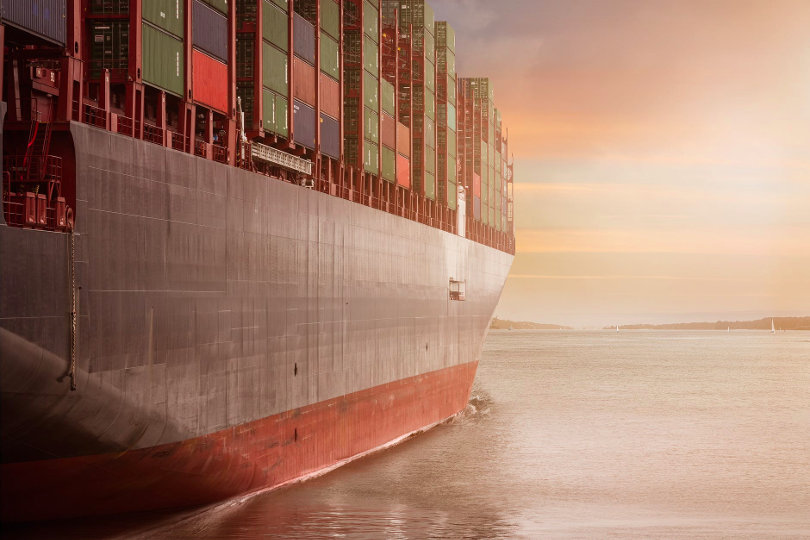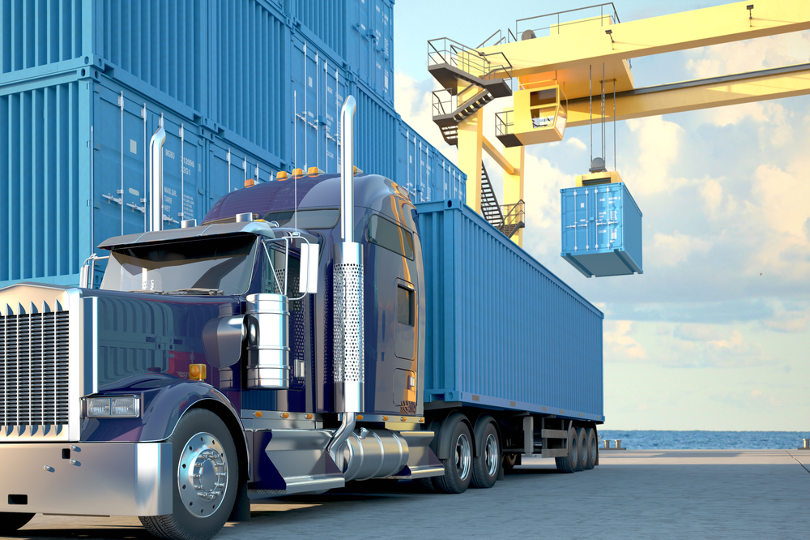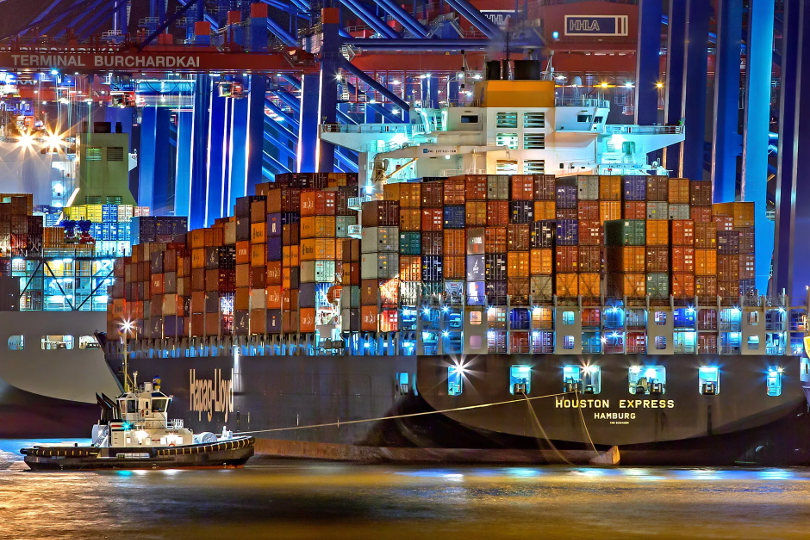COVID-19’s first wave immediately disrupted industries across the board, catalyzing rifts that will resonate for years to come. Perhaps no industry felt these changes more than the freight industry, which faced unprecedented demand as a result of increased online shopping, supply chain disruption and shifts in consumer buying habits.
Over the last several months, the freight industry (and the transportation sector in general) has struggled to meet ever-evolving needs and skyrocketing demand. Now, as North America braces for the pandemic’s second wave, it’s apparent that even more challenges are on the horizon.

Freight company owner Gagandeep Baidwan has seen firsthand how the current situation has challenged and transformed the industry. To help transportation leaders better understand these rapid changes, Gagandeep Baidwan outlines just a few of the key ways that the pandemic has altered business operations, focusing specifically on how COVID-19’s second wave will continue to impact both demand and operations.
COVID-19’s Growing Impact on the Sector
As with the transportation industry, the current pandemic forced the freight industry to immediately shift its focus and priorities in order to overcome. In a recent article, Deloitte highlights that the pandemic has challenged the transportation industry to reduce overall costs in order to keep their systems operational while still ensuring that their services are wide-reaching enough to sustain essential traffic.
In scaling back, the sector has sought to balance any downsizing with the potential for future reopening. With a vaccine seemingly on the horizon, these companies are tasked with the challenge of finding functional systems that will also allow networks to return to standard operations after the pandemic is resolved.
For the freight industry specifically, COVID-19 has created a vast increase in demand, which freight companies like Gagandeep Baidwan have sought to meet without completely reworking the basis of their operational systems. Like many other industries, the freight industry must find ways to account for today’s needs without fundamentally changing their models in a way that will risk their efficacy once lockdown measures lift and the pandemic resolves.
Furthermore, they must not exceed sustainable operation levels, given that the long-term impacts of the pandemic’s unemployment rates may eventually lead to drastic decreases in demand. Faced with the second wave of the virus which will further extend these unprecedented circumstances, this task becomes particularly challenging.

Potential Long-Term COVID-19 Impacts
Given that the pandemic has redefined consumer habits, the freight industry must expand its current capacity not only quickly, but with an indefinite mindset. Increased demand will likely last well beyond the traditional peak period, requiring modified operational models to go beyond just being a sufficient temporary fix; they must also offer promising solutions for the longer haul.
Given the increased demand, freight companies will need to work strategically to make their key personnel available as problems arise throughout the pandemic. At this time, staff members with essential skills and high-level training will prove especially necessary.
Freight companies must understand that many of the changes brought on by the current pandemic (particularly those relating to consumer habits, demand and shipping volumes) will not shift back to “normal” after the pandemic subsides. The current situation will have permanent and continued impacts on industries across the board—nothing should be assumed as temporary.
While the immediate impacts of the pandemic’s second wave have further increased demand, the long-term impacts of record-high unemployment rates may eventually lead to a steep decline in business. With that in mind, Gagandeep Baidwan recommends that freight companies scale their operations to meet current demands in a way which is highly flexible and elastic. Should a downturn occur, those which have dynamic plans in place will find it much easier to adapt.
Key Questions
Regarding the impacts of COVID’s second wave on the freight industry, Gagandeep Baidwan heavily recommends that executives and other freight company owners begin asking themselves the following questions:
- How will we continue to scale our services in order to meet this unprecedented demand?
- How are we keeping our operation modifications flexible in order to anticipate a potential downturn?
- Are the ways in which we have adapted so far to meet increasing demand sustainable for long-term use, should long-term use be necessary?
- How do we keep essential workers safe (both mentally and physically) when faced with the challenges of the pandemic’s second wave?
- How is our current model exposed to COVID-19 risk, and what impact might those risks have on future operations?
- Have we successfully identified opportunities for cost-efficient maintenance that will help us succeed through COVID-19’s second wave?

Practical Next Steps
To move forward through the pandemic’s second wave, Gagandeep Baidwan recommends that freight company owners like himself consider taking the following steps to secure their business operations and meet demands.
- Find avenues for protecting core assets even during essential cutbacks
- Invest in workers through training programs in order to increase the company’s available resources through the second wave
- Craft multiple contingency plans that are dynamic, flexible and easily adaptable
- Anticipate deadlocks and delays by creating reasonable redundancies in the network
- Strategize in order to be able to adjust traffic flows daily and maximize operational flexibility







